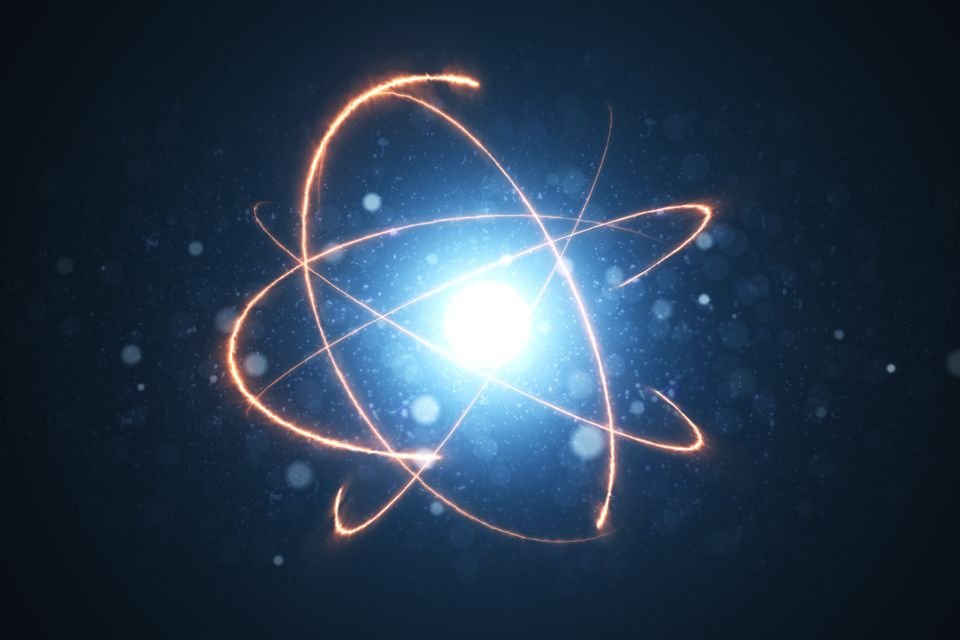According to a study led by the Accelerator Laboratory at the University of Jyväskylä in Finland, a research team has identified a new type of atomic nucleus: it is an isotope of the rarest element detected in the Earth’s crust. It is named after 190astatin (190At), The isotope is considered the lightest isotope ever discovered and could help solve physics problems that are still a mystery to scientists.
As the study explains, this is the discovery of the lightest isotope of the chemical element astatine, with 105 neutrons, 85 protons, a half-life of just 1 millisecond, and an energy level of 7,750 kiloelectronvolts – most isotopes have a half-life. less than a second.
Astatine is an element highly unstable and radioactive; It occurs in nature as a result of the decomposition of heavier elements into lighter elements.
Studies explain that astatine is the second rarest natural element on our planet, most of its properties are unknown and short-lived. So far, scientists still don’t understand many of the element’s effects, but other studies point to astatine that may have anticancer properties.
“In my thesis, I studied the experimental data in which the new isotope was found. During my thesis process and during my summer internships, I became acquainted with the work of the Nuclear Spectroscopy group. Now I am very happy to work in the right group for my PhD, ”said Henna Kokkonen, the scientist who was the leader of the study and part of his master’s thesis.
A new type of atomic nucleus
To arrive at the conclusion, the team was studying a fusion-evaporation reaction, a process that causes alpha decay and ejects particles that produce other elements; By bombarding the element strontium with silver atoms, a decay process revealed 190At. In measurements based on previous models, the researchers found that the short half-life of the isotope is what indicates its high radioactivity.
Astatine is an element that occurs in nature only as a result of the decomposition of heavier elements. The scientists found that the 190At decay process occurs immediately; The isotope decays after the elimination of alpha and beta radiation, often transforming into a more stable form such as radon or bismuth.
“New core studies are important for understanding the structure of the atomic nucleus and the boundaries of known matter,” said physicist Kokkonen.
Source: Tec Mundo
I’m Blaine Morgan, an experienced journalist and writer with over 8 years of experience in the tech industry. My expertise lies in writing about technology news and trends, covering everything from cutting-edge gadgets to emerging software developments. I’ve written for several leading publications including Gadget Onus where I am an author.











